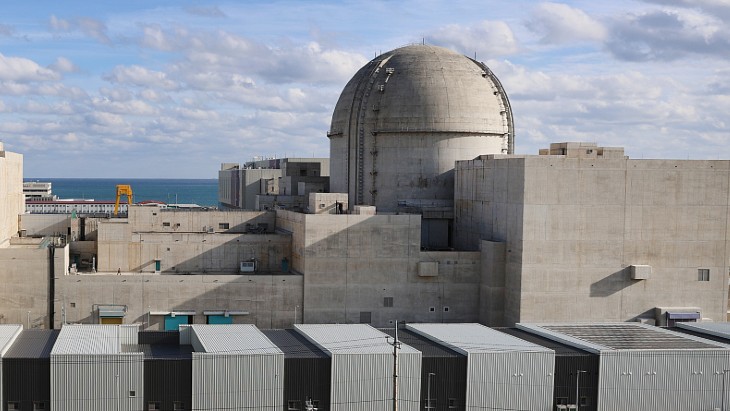The European Commission proposed today that European Union (EU) member states repeat comprehensive stress test safety checks at their nuclear plants every six years and ensure that radioactive releases in any accident are "practically eliminated."
"We are working on European nuclear safety architecture," said EU Energy Commissioner Günther Oettinger during a press briefing in Brussels while presenting the new measures in the form of updates to the 2009 existing directive on nuclear safety.
The proposed updates, which will still have to be approved by the EU's 27 national governments at the EU Council of Ministers before they become law, propose regular stress tests, periodic reviews, on-site emergency centres and set high goals for limiting radiological release in any circumstance. They would apply to a nuclear industry comprising 132 reactors and generating 30% of EU electricity.
As was done in response to the Fukushima accident of 2011, national assessments of nuclear facilities facing different emergency scenarios should be carried out and their findings submitted for a peer review by other EU countries. This was a voluntary procedure, but in future Oettinger wants the reviews to be mandatory and to make concrete technical recommendations: "There wasn't much in the first directive on substantial arrangements when it came to the practical things to be done for the safety of nuclear facilities," he said.
These new powers would afford the European Commission a position overviewing the safety status of nuclear facilities across Europe. This has not been the case so far, with nuclear energy issues being the sovereign responsibility of EU governments. But Brussels has taken the opportunity to legislate on nuclear safety. "This is a cross-border issue, we are all in it together," Oettinger said today, "Our task at the Commission is to make sure that safety is given the utmost priority [at every nuclear power plant.]"
The proposal published today by Brussels also ask EU member states to ensure that contingency plans are in place to avoid radioactive material from being released into the environment in case of an accident. The EU proposed that new nuclear power plants would have to be "designed in a way which ensures that if a reactor core is damaged, this has no consequences outside the plant." In addition, "Every nuclear power plant needs to have an emergency centre which is protected against radioactivity and earthquakes or flooding."
Foratom, the group representing nuclear industry interests in Brussels, said the proposals are "too technically detailed for a European-wide safety framework and risk undermining the authority of national safety regulators." It also contended that "the EC should have waited until the results of the post-Fukushima review of other international bodies such as the International Atomic Energy Agency are available to revise the current Nuclear Safety Directive. Moreover the member states are due to submit to the EC their report assessing the implementation of the current directive by 2014."
Today's proposal also included ideas for national authorities to develop a public strategy for communication in nuclear accident situations as well as in normal operation. Governments would be required to "ensure that - in case of accidents - the release of radioactivity in the environment is practically eliminated."
Under the proposal, if it is accepted, EU governments would be obliged to implement the recommendations or face additional verification from Brussels with the help of other EU countries in a peer review assessment. The European Commission can take EU member states to the European Court of Justice (ECJ) as a last resort if the recommendations are not implemented.
Reporting by Carmen Paun
for World Nuclear News






_49562.jpg)





